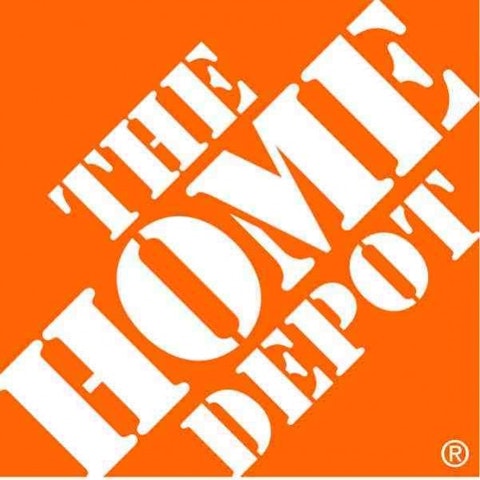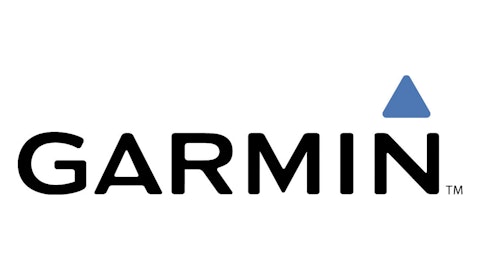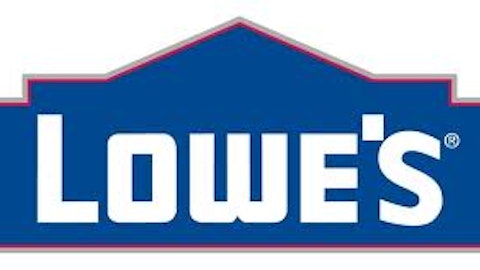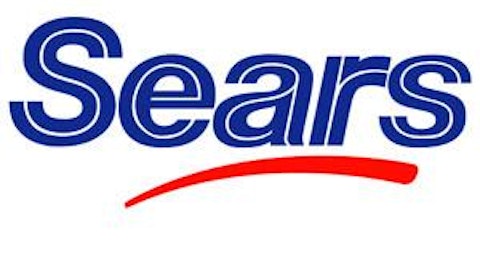The housing recovery has boosted expectations for housing-related businesses, but perhaps none more so than those for home improvement retailers The Home Depot, Inc. (NYSE:HD) and Lowe’s Companies, Inc. (NYSE:LOW). Both companies trade at rich multiples after significant stock price increases over the last two years. However, the duopolistic positioning of the companies may be enough to offset these lofty valuations.
Great competitive position
The Home Depot, Inc. (NYSE:HD) and Lowe’s Companies, Inc. (NYSE:LOW) are the only major players in the retail home improvement market, giving them tremendous advantages in scale over smaller chains and hardware stores. The companies’ scale advantage has been key to their growth over the years. They buy products and materials at steep volume discounts and sell them to customers at prices that render smaller players unprofitable.

As Lowe’s and The Home Depot, Inc. (NYSE:HD) grow their market shares, their bargaining power with suppliers becomes even greater. As their bargaining power grows, they are able to reduce costs even further below what competitors can charge, thus creating a virtuous cycle.
The housing bust crushed demand for construction and home improvement products, which led to significant revenue headwinds and price competition between Lowe’s Companies, Inc. (NYSE:LOW) and The Home Depot, Inc. (NYSE:HD). Lowe’s experienced a slight revenue decline in 2008 and 2009 despite years of high growth leading up to the recession. The Home Depot, Inc. (NYSE:HD) suffered a much more serious revenue decline, about 8% in 2008 and 7% in 2009, after having branched out into a wide variety of product categories and services in the years prior to the crash.
But as hard as the housing bust was for the duopoly, smaller competitors were hurt even more because they were already unable to compete with Lowe’s Companies, Inc. (NYSE:LOW) and Home Depot. As a result, many of the companies’ smaller competitors went out of business, leading to market share gains for both.
Conditions have since changed. Low interest rates and a recovering economy have led to a rebound in the housing market, enabling consumers to make more big-ticket home improvement purchases, thus driving top-line growth and margin expansion at home improvement retailers. The recovery has investors giddy with anticipation of a return to pre-crisis profitability — and the stock prices reflect it.
Priced for (near) perfection
Both Lowe’s Companies, Inc. (NYSE:LOW) and The Home Depot, Inc. (NYSE:HD) are priced at high multiples of pre-recession earnings; Lowe’s Companies, Inc. (NYSE:LOW) is priced at 22 times its 10-year high EPS and Home Depot trades for 23 times decade-high EPS.
Demand for home improvement products and services will continue to increase as incomes rise and unemployment falls. But higher interest rates could create a medium-term headwind for the industry, as it will make borrowing to buy a new home less attractive.




